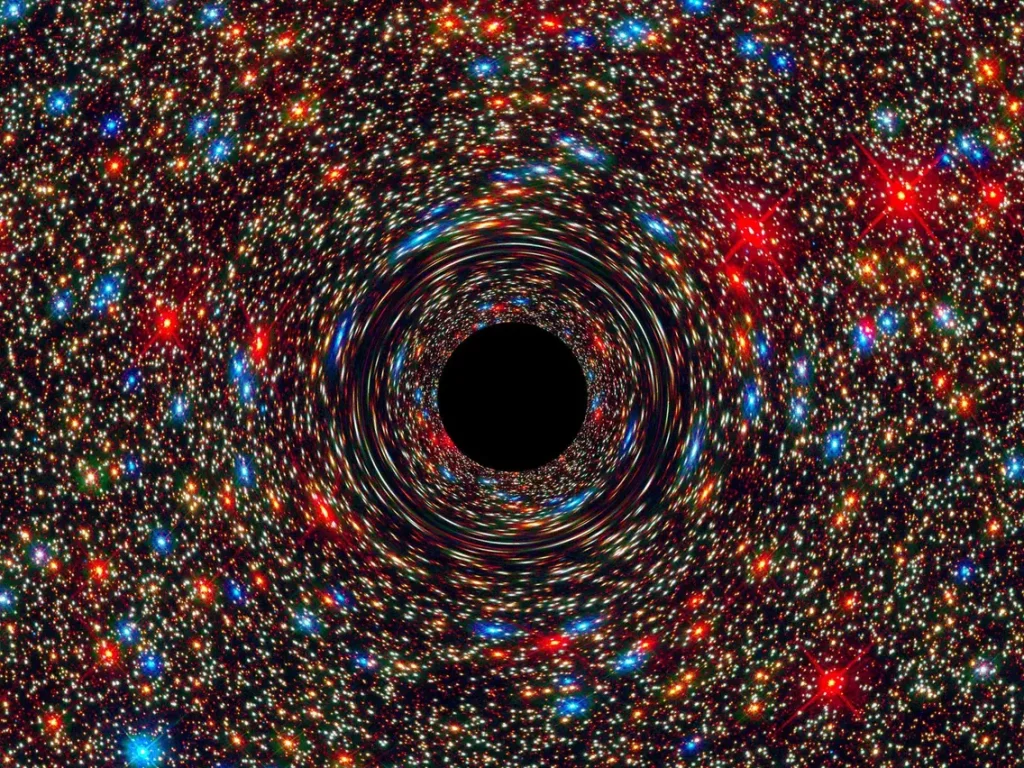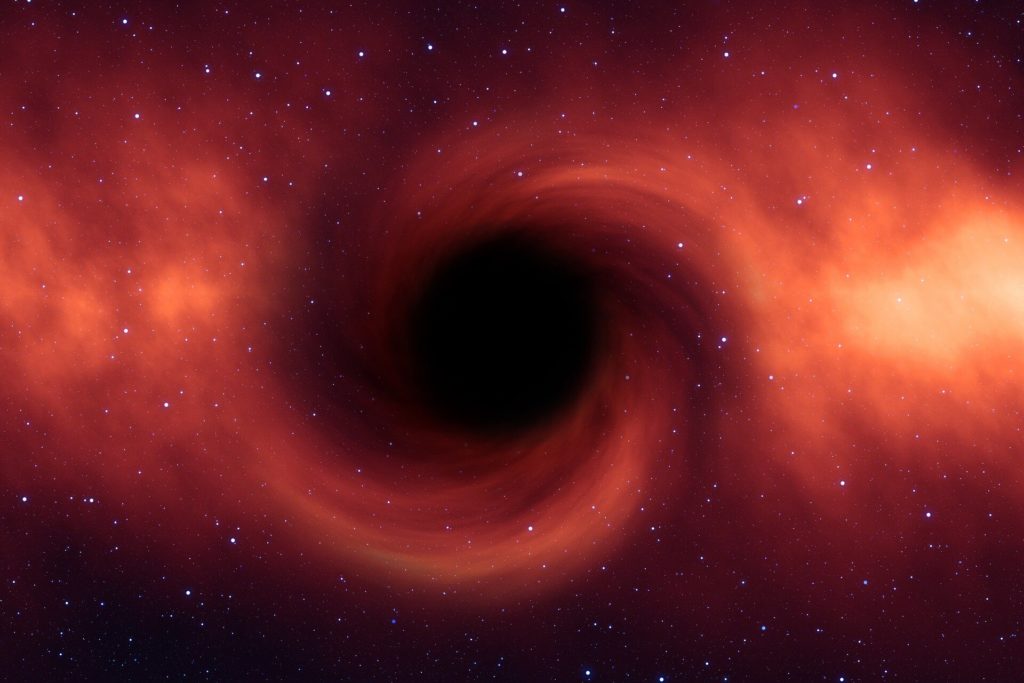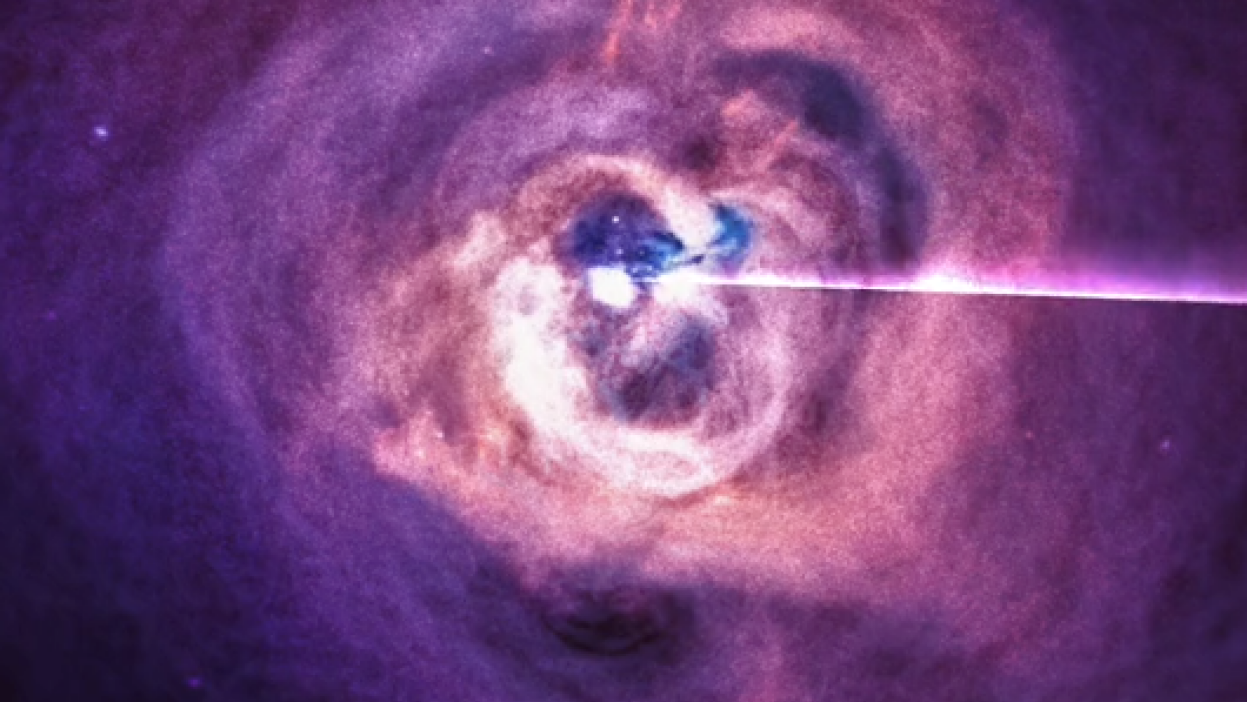Although there isn’t much to hear in space, NASA has discovered that black holes make sounds that resemble the wails and moans of spectral aliens. In a tweet on Monday, NASA’s exoplanet programs Twitter account published an audio clip of eerie noises made by pressure waves that travel from a black hole through a group of galaxies. Watch the audio clip below to hear the unsettling sounds of black-hole pressure reverberating around the Perseus galaxy cluster.
“The misconception that there is no sound in space originates because most space is a ~vacuum, providing no way for sound waves to travel. A galaxy cluster has so much gas that we’ve picked up actual sound,” the NASA account tweeted.

However, the real sound is 57 octaves below middle C, which is beyond the range of human hearing. Inaudible sounds that were represented by waves in the Perseus cluster that was visible in X-rays were recorded by the Chandra X-ray Observatory. The noises were then scaled up by NASA from their original pitch to something audible. That is an increase of 144 and 288 quadrillion times over their original frequency, respectively.
The audio sample was first released by NASA in May, but the Monday publication sparked a flood of fresh online responses.
“This is cool — and spooky,” CNN anchor Jim Sciutto wrote on Twitter.
A Twitter account for the BlindBoy Podcast said the black hole sounded like “a billion souls being tortured.”
Canadian actor Elizabeth Bowen compared it to “that scene in the movie when someone accidentally stumbles upon some sort of satanic cult in the middle of the woods.”
“Everyone is talking about how eerie this is but to me the way it just cuts off is by far the creepiest part,” astronomy blogger Phil Plait said.

A more enjoyable sonification of noise data from M87, the black hole that was included in the first black-hole image provided by the Event Horizon Telescope project in 2019, was also shared by NASA along with this film when it was first published.
While utilizing audio interpretations of optical data from the Hubble Space Telescope and radio waves from the Atacama Large Millimeter Array in Chile, the music also uses X-ray data from the Chandra telescope. NASA created wonderful music out of that data combination because it needed more imagination than simply increasing the pitch of an already existing sound.
Also read:








